R+D+I: Kliniske Studier am Instituto Bernabeu
Zu einer korrekten medizinischen Behandlung gehört neben der reinen pflegerischen Betreuung auch die Personalisierung des Prozesses, und in einigen Fällen den Einsatz von Forschung, Entwicklung und Innovation. Am Instituto Bernabeu führen wir ständig verschiedene Forschungen durch, von denen unsere Patientinnen profitieren können.

SUCHE NACH FORSCHUNGSLINIE
DIE RELEVANTESTEN
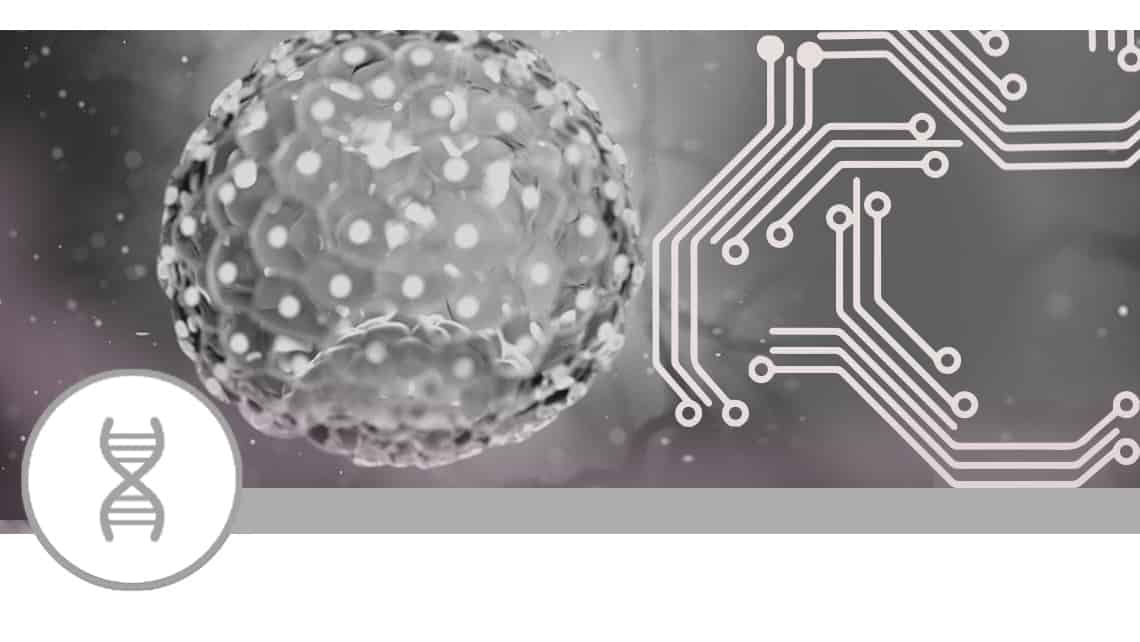
Machine learning and euploid embryo implantation
Investigation subject: human embryos from in vitro fertilisation (IVF) cycles whose chromosomal endowment has been analysed by PGT-A.
Objective: exemplary Machine Learning algorithms to predict the probability a euploid embryo (analysed by PGT-A) will implant in the maternal uterus. Different patient characteristics (maternal and paternal), IVF cycle, embryos, ovarian stimulation and embryo biopsy will be used as predictor variables.
Current situation: The number of cases is currently being expanded and after the appropriate statistical analysis.
Location: Molecular Biology and Genetics department. Instituto Bernabeu. Alicante.
Coordinated by: Dr Jose A. Ortiz, Dr Ruth Morales and Dr Belén Lledó.
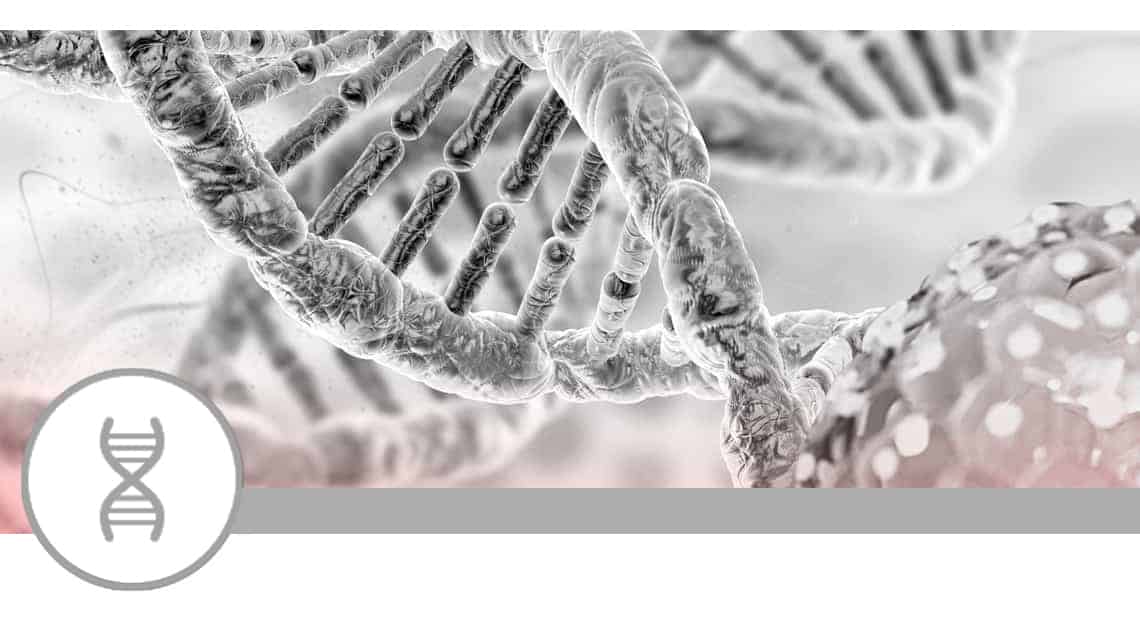
Meta-analysis and systematic review of factors associated with embryonic mosaicism
Investigation subject: possible factors, such as maternal and paternal age, semen quality, embryonic quality or the day of biopsy that could be associated with embryonic mosaicism.
Objective: to perform a systematic review of the available scientific literature related to the possible factors associated with embryonic mosaicism, with its corresponding meta-analysis.
Current situation: embryonic mosaicism (presence of two or more chromosomally different cell lines in the embryo) has become a topic of great interest in recent years, due to the fact that a percentage of the embryos analyzed by PGT-A are diagnosed as mosaics. This has generated continuous research in this field,to try to find out the causes and factors that may be associated with this phenomenon.
Location: Instituto Bernabeu Alicante.
Coordinated by: Dr Ruth Morales and Dr Belén Lledó.
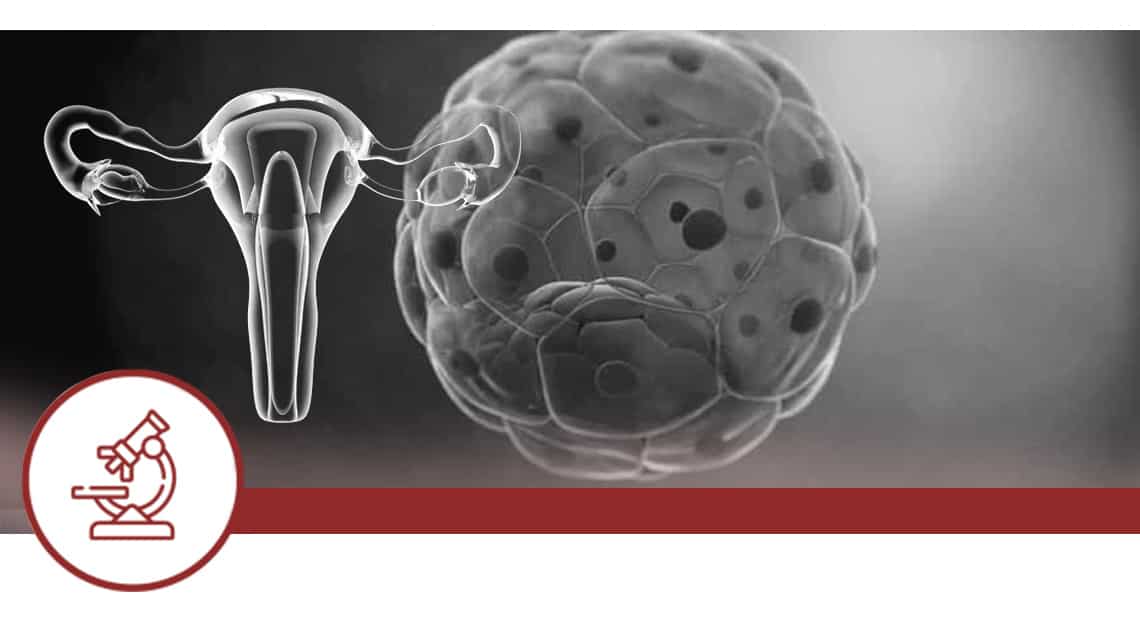
Correlation between clinical findings and embryonic chromosomal status by non-invasive analysis
Investigation subject: prospective randomised study investigating chromosomal analysis of embryos transferred into the maternal uterus using non-invasive techniques.
Objective: toestablish a correlation between the chromosomal status of the embryo transferred to the maternal uterus and its potential for implantation and evolutionary gestation.
Current situation: recruitment phase.
Location: Instituto Bernabeu Alicante.
Coordinated by: Dr Belén Lledó, Dr Dori Rodríguez, Dr Jorge Ten.
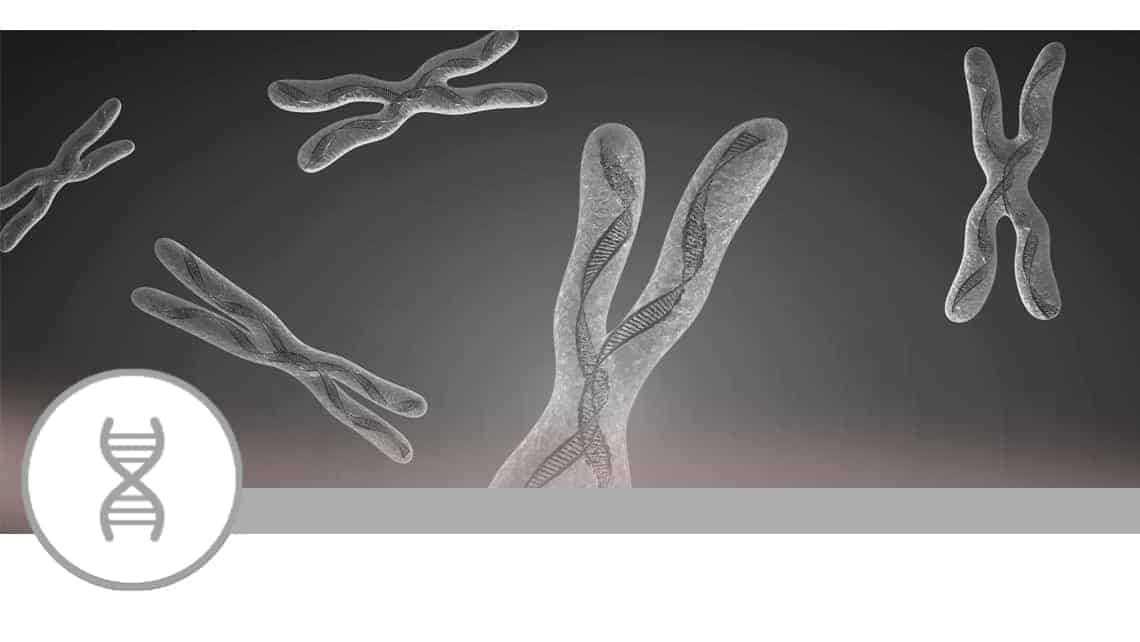
Predictive model for chromosomal abnormalities
Investigation subject: human embryos from in vitro fertilisation (IVF) cycles whose chromosomal endowment has been analysed by PGT-A.
Objective: topredict the probability of an embryo being euploid (chromosomally normal) from different patient data, IVF cycle and embryo morphological characteristics.
Current situation: pending for publication
Location: Instituto Bernabeu’s Molecular Biology and Genetics department. Alicante.
Coordinated by: Dr Jose A. Ortiz, Dr Ruth Morales and Dr Belen Lledo.
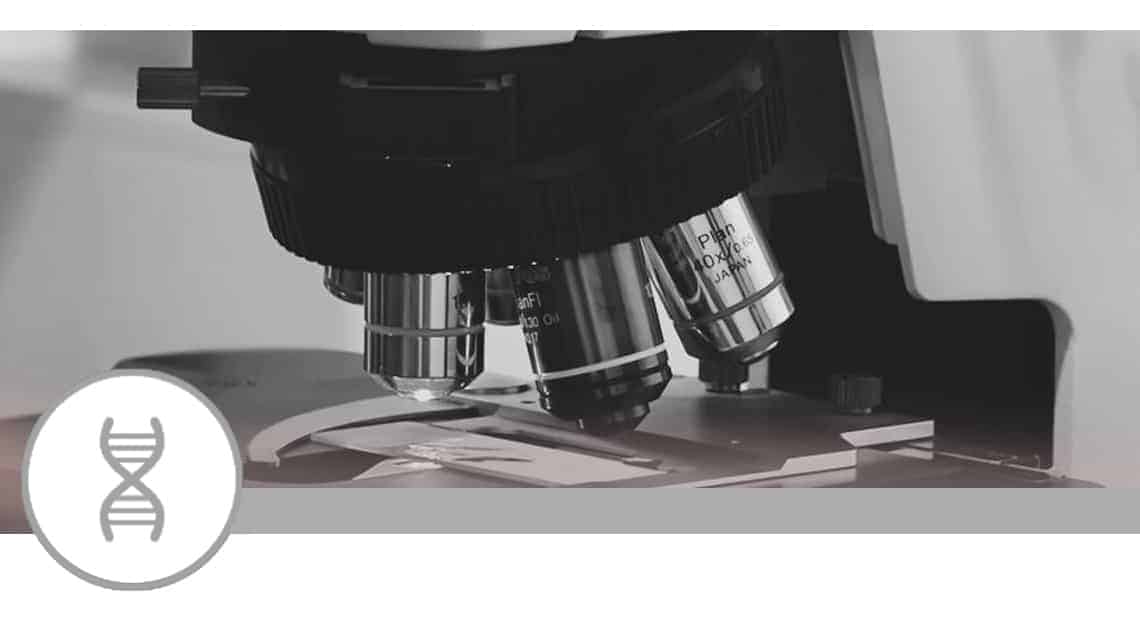
Assessment of clinical outcomes after IBgen FIV
Investigation subject: clinical and ovarian stimulation results of patients who have undergone the IBgenFIV test.
Objective: the main objective of this study is to test the efficacy of the IBGenFIV test in improving clinical data and thus to find out if it’s clinically useful.
Current situation: statistical analysis.
Location: Instituto Bernabeu’s Molecular Biology and Genetics department. Alicante.
Coordinated by: Dr Belen Lledo and Dr Jose A. Ortiz.
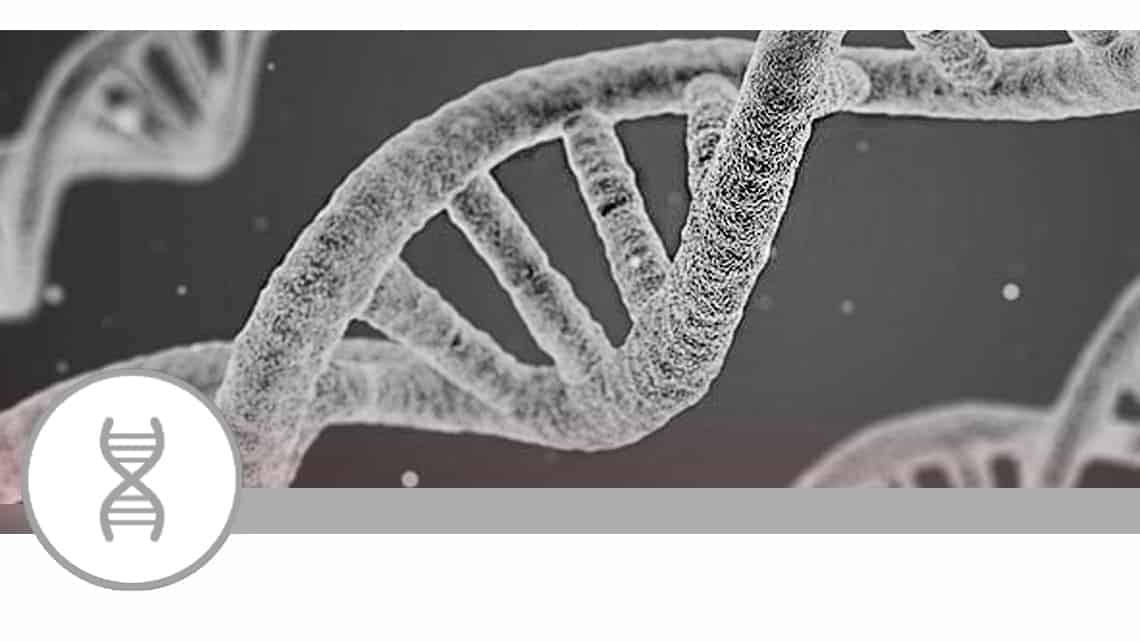
Whole-exome sequencing in premature ovarian failure
Investigation subject: Identification of novel variants and candidate genes in women with familial idiopathic premature ovarian failure (cessation of menstruation before age 40) using whole-exomesequencing (WES).
Objective: To identify a genetic cause of familial premature ovarian failure (POF) with whole-exome sequencing.
Current situation: Premature ovarian failure is a common cause of infertility in women. This pathology has a heterogeneous etiology. Some chromosomal and genetic alterations have been described, and could explain approximately 20% of cases. However, in most patients the origin remains unknown. Recent studies with next-generation sequencing (NGS) have identified new variants in candidate genes related with premature ovarian insufficiency (POI) or premature ovarian failure (POF). These genes are not only involved in processes such as folliculogenesis, but also with DNA damage repair, homologous recombination, and meiosis.
Location: Instituto Bernabeu Alicante.
Coordinated by: Dr Ruth Morales and Dr Belén Lledó.
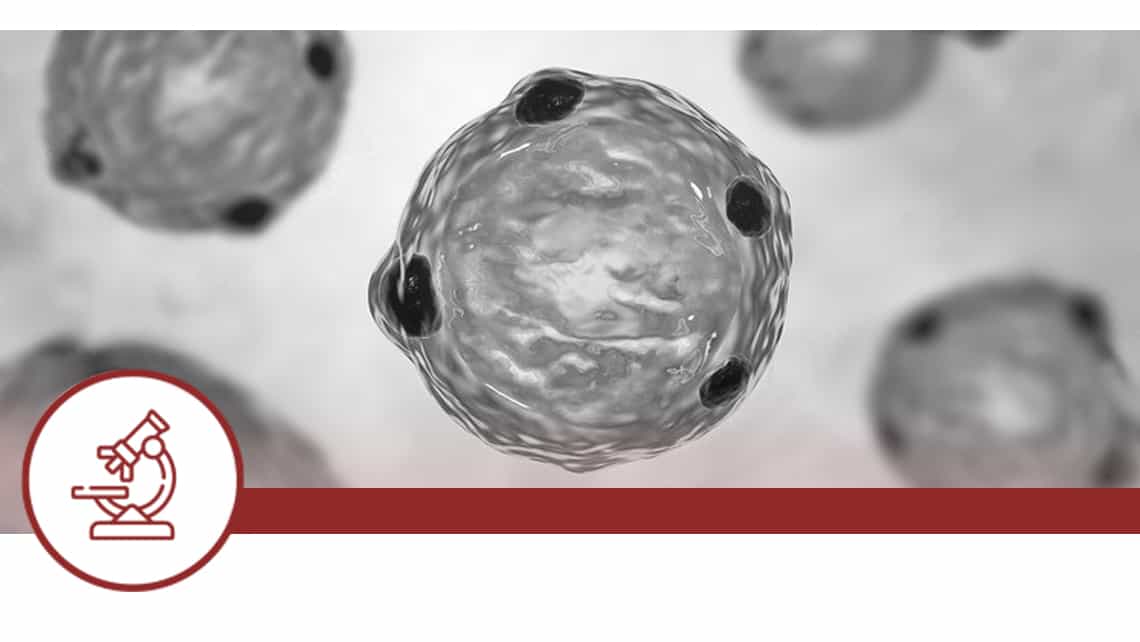
Investigation subject: whether there’re differences in the development and quality of individually and group cultured embryos.
Objective: todetermine which method of embryo culture (single or group) up to day 5 is best to achieve the highest quality and rate of blastocyst formation.
Current situation: Embryos database.
Location: IB Alicante.
Coordinated by: Miguel Herreros, Laura Martí, Nerea Díaz, María del Carmen Tió, Dr Adoración Rodríguez, Jaime Guerrero, Dr José Ortiz, Dr Jorge Ten y Dr Rafael Bernabeu.
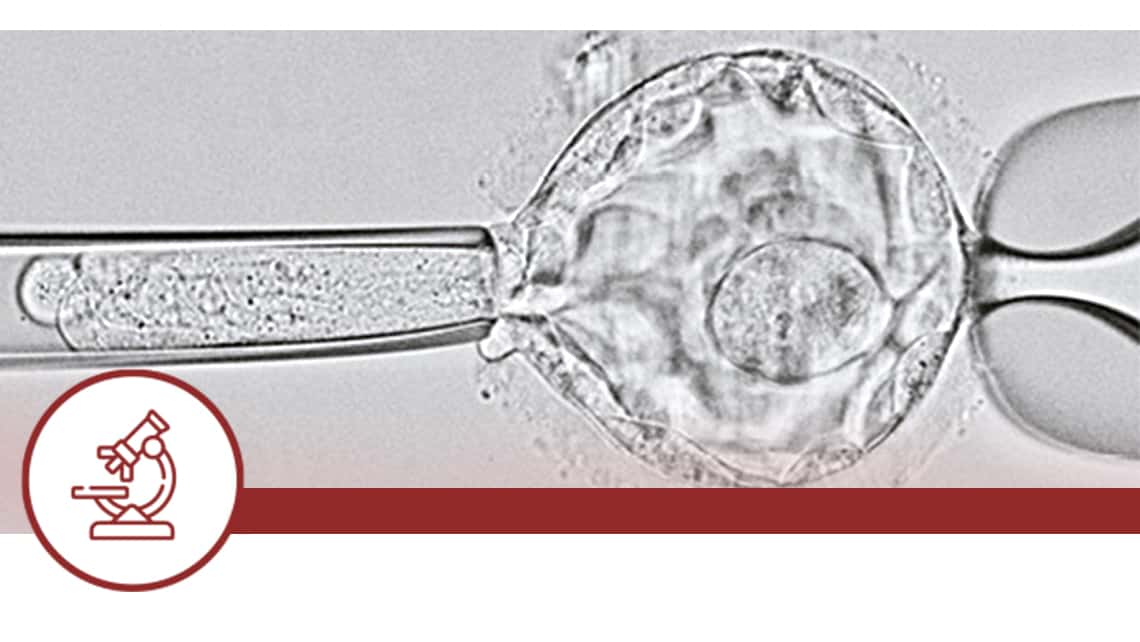
Does the trophectoderm biopsy technique affect the result of the genetic analysis in PGT-A cycles?
Investigation subject: compare significant genetic results of the biopsied embryos that could be influenced by the biopsy technique “pulling” or “flicking”, in order to choose the better.
Objective: compare the two biopsy techniques currently used in our laboratories.
Current situation: collecting last data (babies born in 2021).
Location: IB Madrid.
Coordinated by: Leyre Herrero, Laura Cascales, Mónica Aparicio, Dr Jorge Ten.
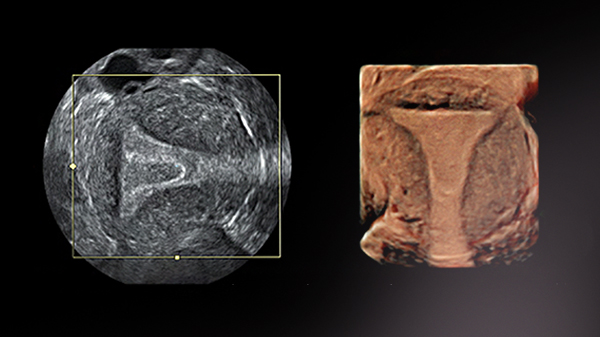
Was wird erforscht: Es wird die mögliche Bedeutung der Veränderungen des Endometriums untersucht, die nach der Exposition durch Progesteron in der Entwicklung und anschließenden Evolution einer Schwangerschaft entstehen, und ob diesen Veränderungen eine genetische Veranlagung zugrunde liegt.
Ziel: Vergleich der reproduktiven Ergebnisse in Zyklen der Vorbereitung für den Embryonentransfer zwischen Patientinnen, deren Endometrium sich in der Sekretionsphase vor dem Transfer reduziert, und Patientinnen, die ein stabiles oder größeres Endometrium beibehalten.
Beginn: Juni 2021. Derzeitige Lage: aktive Rekrutierung von Patientinnen.
Standorte: Instituto Bernabeu Alicante, Madrid, Albacete, Mallorca, Benidorm und Elche.
Nähere Informationen: Wenn Sie nähere Informationen wünschen. klicken Sie auf den folgenden Link
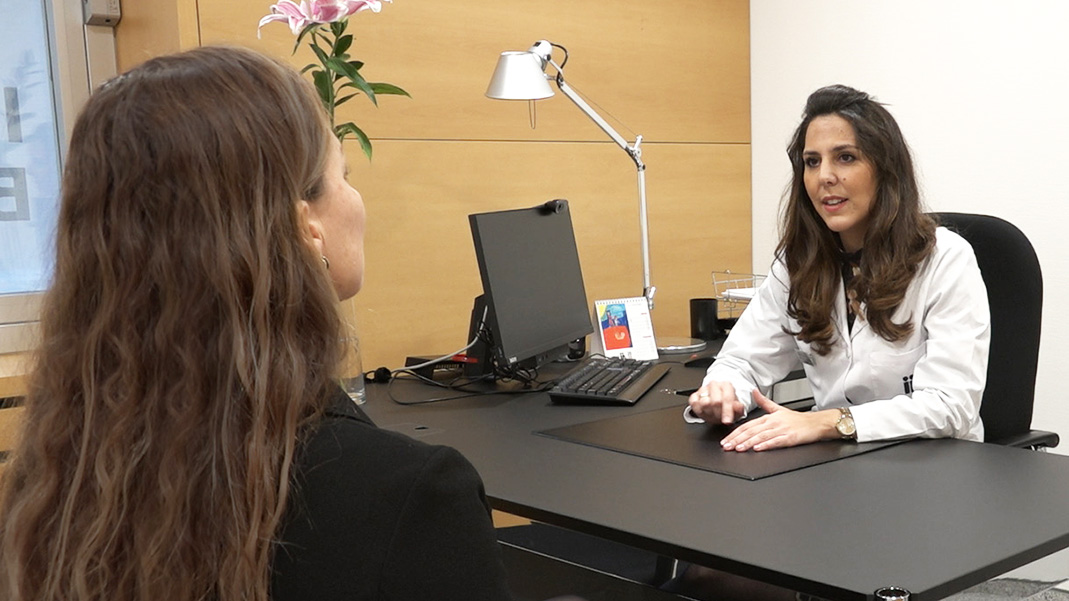
Konventionelle Stimulation in der Follikelphase gegenüber Stimulation in der Lutealphase bei Patientinnen mit suboptimaler Reaktion. Randomisierter klinischer Versuch. Subluteale Studie
Erforschte Krankheit: Suboptimale Reaktion der ovariellen Stimulation
Ziel: Untersuchung der Unterschiede in der Anzahl der erlangten Eizellen bei Durchführung der ovariellen Stimulation in der Follikelphase bzw. in der Lutealphase, in einer Gruppe von Patientinnen mit vorheriger suboptimale Reaktion.
Beginn: Januar 2020
Standort: Instituto Bernabeu Alicante
Nähere Informationen: Wenn Sie nähere Informationen wünschen. klicken Sie auf den folgenden Link
Nähere Einzelheiten über die Studie finden Sie auf der Seite des Gesundheitsministeriums


